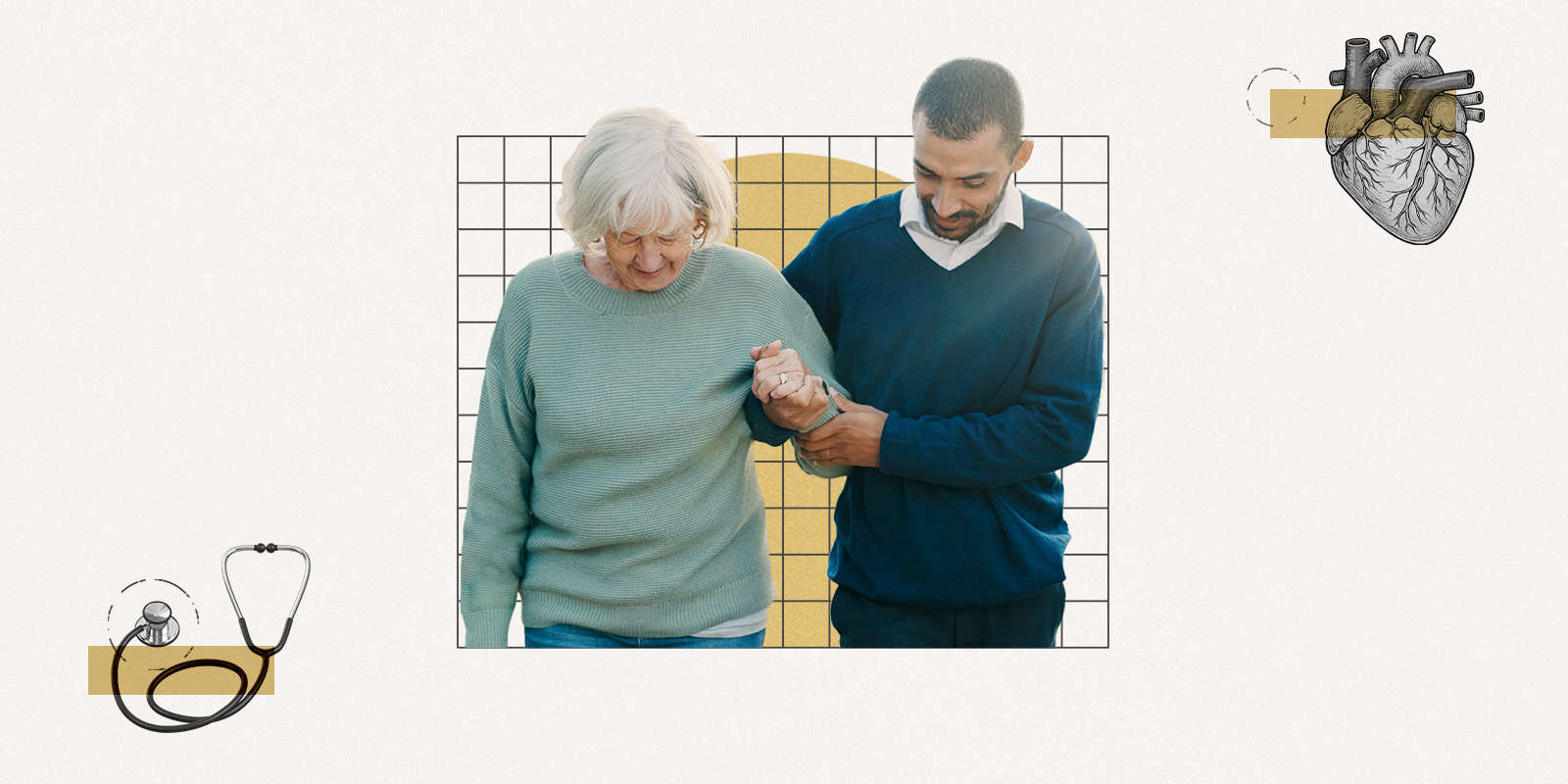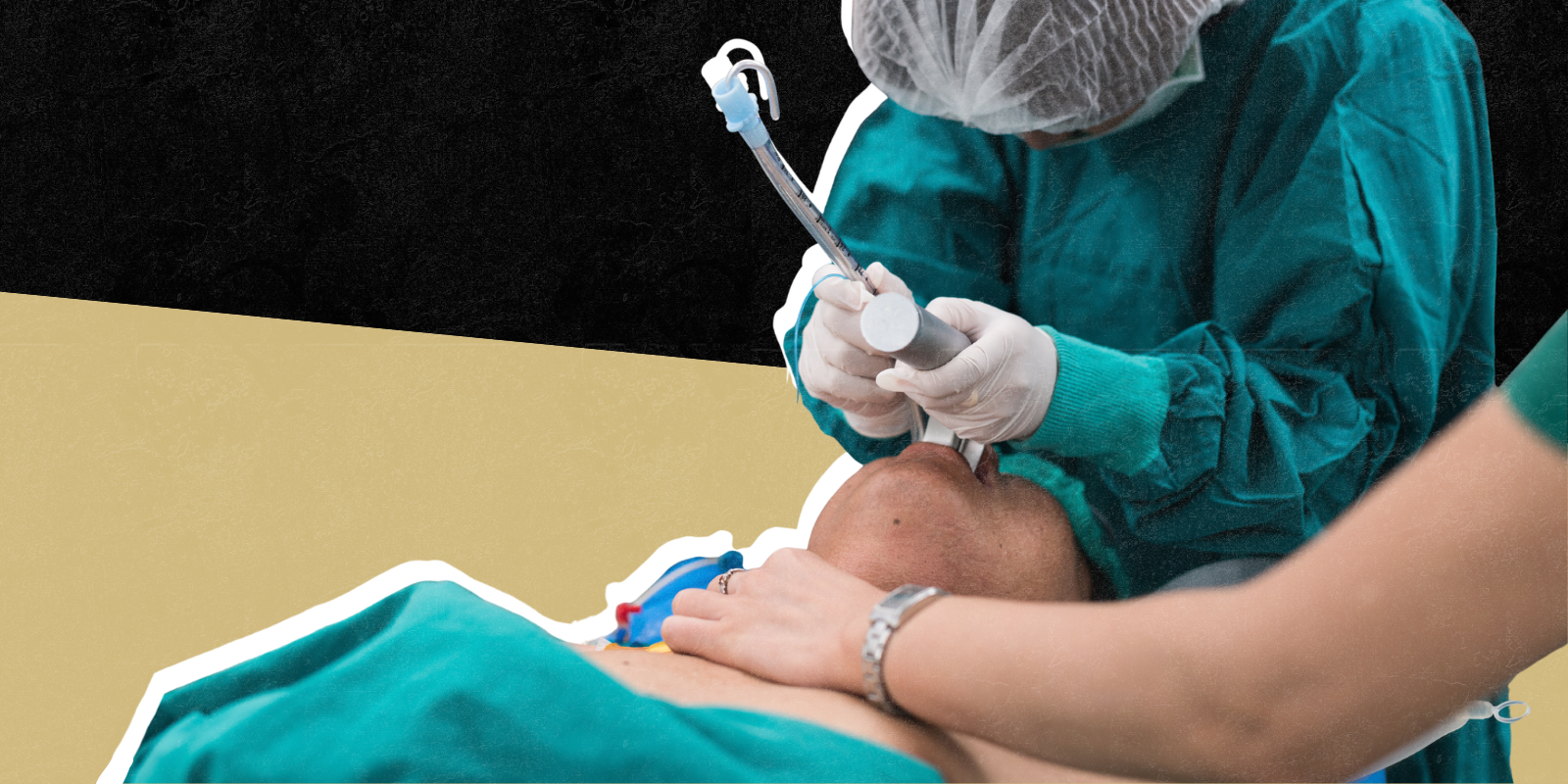An innovation in managing post-surgical chest wall pain promises less reliance on opioids, fewer complications and faster recovery for patients. A cardiothoracic surgeon at the University of Colorado Anschutz Medical Campus collaborated with a bioengineer to develop a lidocaine-coated chest tube to gradually release pain relief for the duration the tubes are in place.
Not long ago, cardiothoracic surgery required cracking open a patient’s chest. Today, many procedures are performed robotically through incisions no larger than a credit card. Despite these advances, the procedure remains painful.
In fact, one in eight patients without a history of opioid use are still using prescription painkillers 90 days after surgery. It’s a number that Jessica Rove, MD, associate professor of surgery at the University of Colorado School of Medicine, wants to see reduced.
“Our incisions are very small. We're not breaking any bones. Yet this number tells us that our patients are still experiencing a significant amount of pain,” she said.
Rove recognizes the risks of prolonged opioid use, including dependence, addiction and overdose. She looked at what’s known about post-surgical pain and discovered the source: chest tubes.
“We know that opioid use increases as the duration of chest-tube use increases, and as soon as the chest tubes are removed, opioid use declines,” she said.
Rove’s focus on the problem – pain points along the tube – spurred a creative solution that combined the talents of a bioengineer at the University of Colorado Denver and the commercialization expertise of CU Innovations. The pain-management innovation promises less reliance on opioids as well as fewer complications and better recoveries for patients.
“This is what the spirit of CU Innovations is all about. They wanted to create a culture here on campus where everybody's talking to each other and nobody's working in isolation. This project is a good example of this.” – Jessica Rove, MD
Chest tubes cause post-surgical pain
In cardiothoracic surgery, chest tubes are inserted to drain excess fluid, air and blood, helping prevent infection and fluid buildup while allowing the lungs to fully expand. These tubes remain in place until drainage slows, and the healthcare team is confident the chest cavity is healing properly. Positioned in the pleural space outside the lung, chest tubes press against the chest wall, where nerves line the inner surface.
Although patients can’t see where their chest tubes are placed, when asked they can point to their exact internal location. The pain from chest tubes is often so intense, it limits effective pulmonary toilet and mobilization. However, just 24 hours after removal, most patients feel well enough to be discharged.
“More than 95% of people caring for patients post-surgery agree that patients feel much better once their chest tubes are removed,” Rove said. “Our patients don’t need more opioids – they need a better way to control the pain along the tube where it’s touching the chest.”
Finding a localized solution for chest-wall pain
When considering other options for pain control, Rove found research that suggested applying a numbing anesthetic along the side of a chest tube could ease a patient’s discomfort. This approach was particularly promising because a jelly anesthetic such as lidocaine can be placed exactly where the chest tube presses against the nerves in the chest wall, directly targeting the source of pain.
“The problem was that spreading lidocaine jelly is like spreading peanut butter – wherever it falls, it falls. Chest tubes are round silicone tubes that are designed to not be adherent. So, it was an inconsistent method of applying pain control,” Rove said.
But the idea was right.
Partnering with bioengineers to revisit chest tubes
Rove reached out to Daewon Park, PhD, associate professor of bioengineering at CU Denver, to collaborate.
Together, they developed an innovative approach: a chest tube coated with lidocaine to gradually release the numbing treatment over time. Their goal was to create a controlled, seven-day release, which more than covers the typical duration a chest tube remains in place.
To achieve this, the coating process was refined to ensure it was both durable and reproducible. They designed each tube to deliver a precise amount of lidocaine with every application.
The result is the Colorado Chest Tube, a technology that uses nanoparticles encapsulated in a hydrogel to deliver lidocaine. This dual-purpose design provides essential drainage as well as offering targeted, non-opioid pain relief.
Benefits beyond pain relief
Considering there are 3.9 million chest tubes placed annually in the U.S., the innovation has the potential to shorten hospital stays and reduce overall costs.
Also, the product has been designed with implementation in mind. It’s placed exactly like a standard chest tube, and it requires no additional training or changes in workflow.
Rove anticipates that by alleviating discomfort, patients can begin walking and taking deeper breaths sooner, which can lead to fewer complications and a more active recovery.
SPARK program pairs clinicians and engineers to overcome barriers
The Colorado Chest Tube project gained momentum through a SPARK Award, which offered funding and mentorship, along with the commercialization expertise of CU Innovations.
“This is what the spirit of CU Innovations is all about,” Rove said. “They wanted to create a culture here on campus where everybody's talking to each other and nobody's working in isolation. This project is a good example of this.”
Rove is excited to help the more than 300,000 U.S. patients who receive cardiothoracic surgery each year.
“It’s hard to see people in pain and not be able to help them, outside of the ‘sledgehammer’ approach of opioids. It’s been amazing to see that we can target the relief. We can’t wait to bring it to our patients.”
The team has demonstrated the Colorado Chest Tube’s effectiveness in the lab and is now moving toward clinical trials with patients.




